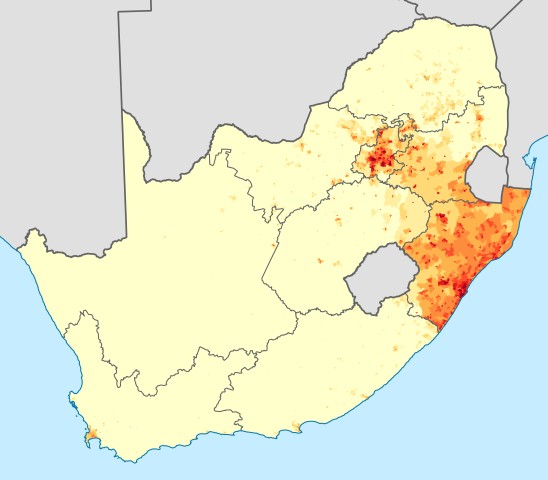Zulu, one of South Africa’s official languages, often piques the interest of language enthusiasts. But how challenging is it to actually learn? This guide delves into the intricacies of the Zulu language, exploring its history, structure, and pronunciation to help you determine if taking on this linguistic challenge is right for you.
A Brief History of the Zulu Language
Originating in the KwaZulu-Natal Province of South Africa, Zulu’s history is intertwined with the migration of the Zulu people. Contact with Khoisan speakers influenced Zulu vocabulary and introduced characteristic click consonants. The first Zulu grammar book appeared in 1859, solidifying the language’s structure. Its official recognition in South Africa came in 1994. Since then, Zulu’s presence has expanded into various media, from television to the acclaimed film Yesterday and even Disney’s The Lion King.
Understanding the Basics of Zulu
Zulu, a Bantu language, boasts a significant speaker base, second only to Shona. Nearly twelve million people speak Zulu as their first language, with an additional sixteen million using it as a second language across countries like Lesotho, Malawi, Mozambique, Swaziland, and Zimbabwe.
Written Zulu utilizes a Latin script with the standard 26 letters plus additional characters to represent unique sounds. Notably, Zulu includes three clicks—dental, alveolar, and lateral—represented by the letters c, q, and x, respectively. Zulu shares significant mutual intelligibility with Xhosa, Ndebele, and Swati, as illustrated by the phrase “what’s your name”: ungubani igama lakho (Zulu and Ndebele) and ngubani ligama lakho (Xhosa and Swati). The language also has a braille system and Signed Zulu. Interestingly, Zulu is rated a difficulty level two for English speakers, suggesting fluency could be achieved in under 44 weeks of study.
Delving into Zulu Phonology and Grammar
Zulu grammar presents unique characteristics. The typical word order is Verb-Object, with modifiers following the nouns they describe. There are no cases, articles, or gender markings. However, fifteen noun classes categorize words for people, places, and things. Verbs are highly inflected, utilizing prefixes and suffixes to indicate various grammatical categories, often resulting in impressively long words. Tonal variations and the mastery of clicks contribute to the perceived difficulty of learning Zulu.
Exploring the Lengthy Words of Zulu
Zulu is known for its lengthy words, posing a pronunciation challenge for learners. Cardinal numbers, for instance, become increasingly complex: one (kunye), two (kubili), three (kutathu), and so on, up to ten (lishumi). Other examples of lengthy words include okuyingxenye (part), ngokusebenzisa (through), and sekugcineni (and finish).
Taking the First Steps in Learning Zulu
Ready to embark on your Zulu language journey? Here are some basic phrases to get you started:
While Zulu may present some challenges, its unique sounds and rich cultural context make it a rewarding language to learn. With dedication and the right resources, you can unlock the beauty and complexity of this fascinating language.
